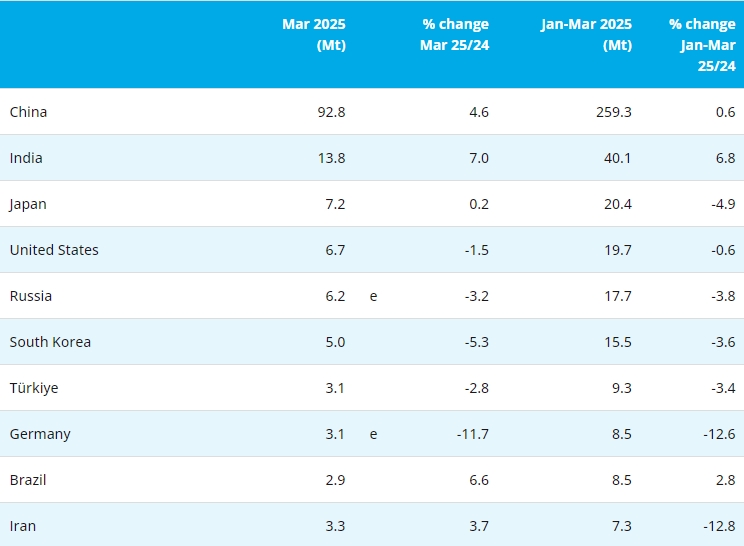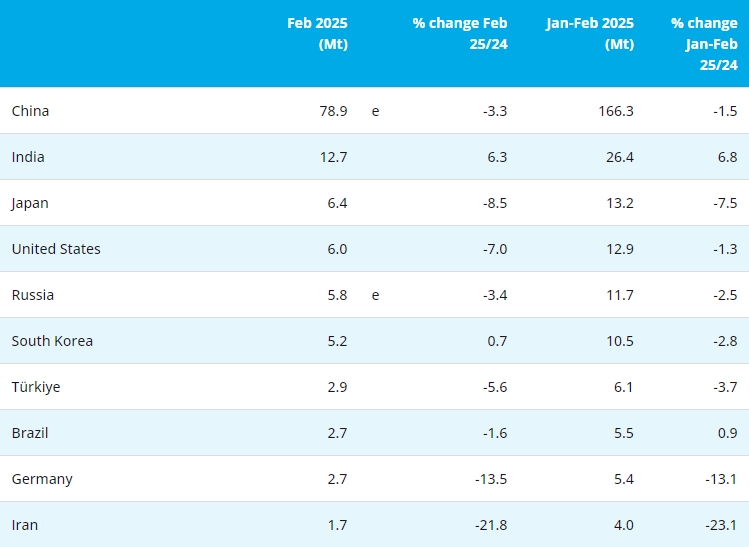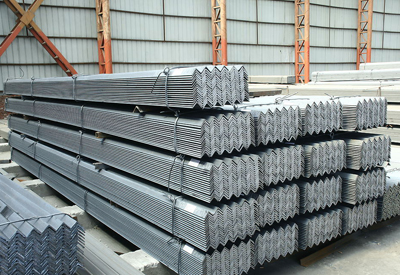Base metal mines dipping into the red are proving unexpectedly resilient against output cuts, which is likely to prolong and deepen already weak prices.
Some mines are resisting cuts in production by hedging when prices pop higher, others are absorbing losses because shutdown costs are even steeper, while fear of painful job losses is keeping still other loss-making operations alive.
The London Metal Exchange index of its six main base metals has shed a fifth of its value over the past 12 months.
In some metals, such as nickel, about half of capacity is loss making after the rout on commodity markets, largely due to fears about slower growth in top metals consumer China.
Given that so many nickel mines are out-of-the-money, we should reasonably expect to see a large supply-side response, said analyst Joel Crane at Morgan Stanley.
Instead, nickel miners are holding fast.
While a clutch of production shutdowns have resulted in headlines and prompted price rallies, most base metals are expected to remain in a supply/demand surplus this year and next, Reuters polls showed last week.
Commodity trader and miner Glencore has been the most prominent among the major mining groups to cut output, including of zinc, which spurred a strong rally.
HEDGING LIFELINE
Many miners took advantage of the rally, however, to lock in prices, Macquarie analyst Vivienne Lloyd said.
After the zinc announcement there was a strong rally… however, and we note that price ceilings began to form amid a bout of producer hedging.
In aluminium, many smaller producers with costs of $1800 to $1900 a tones are likely to have locked in prices a year ago when prices were around $2000, giving them breathing space even during the bear market, an executive of Rural said.
Benchmark aluminium is now around $1535 a tone.
The question really… is how long can they hang on, waiting for someone else to cut so that prices respond so that they can survive a bit longer, Steve Hodgson, chief executive of marketing for Russia’s Rusal, told Reuters.
In some cases, the costs of shutting down are so high that producers prefer to ecdure losses, hoping for a price rebound.
In the nickel sector, PAL operations has been strong production growth over the past decade, but temporary closures and restarts of the complex facilities are prohibitively high, Crane said.
Such assets are unlikely to be cut from the market, unless nickel’s price is expected to remain sustainably at low levels, he said in note.
In China, despite the rise of a private sector that will shut down loss-making capacity, there is still government pressure to prop up bleeding enterprices to maintain employment.
Arnoud, Balhuizen, president of the marketing unit of BHP Billiton, said there was sticky mining capacity in China, seemingly impervious to red ink.
Balhuizen was referring to the iron ore sector, but the same issue applies to base metals such as aluminium, analysts said.
- [Editor:Juan]



 Save
Save Print
Print Daily News
Daily News Research
Research Magazine
Magazine Company Database
Company Database Customized Database
Customized Database Conferences
Conferences Advertisement
Advertisement Trade
Trade












 Online inquiry
Online inquiry Contact
Contact

Tell Us What You Think